- What makes Chile unique in terms of natural attractions?
- Chile is known for its symphony of natural attractions, ranging from the glacial fields at the southern tip of Patagonia to the windswept dunes of the Atacama Desert in the north.
- What is the geography of Chile like?
- Chile is a long, narrow country located on the western edge of South America, characterized by diverse and abundant natural beauty.
1.Santiago
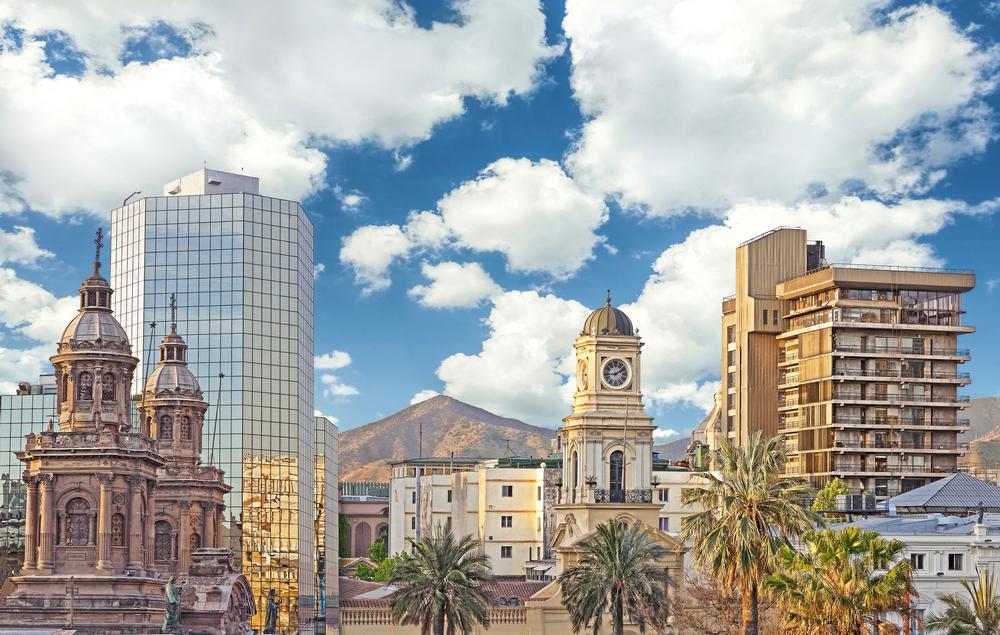
Santiago is both the largest city and the capital of Chile, a place often overlooked by travelers as a mere stop on the way to other cities within the country. This, however, is a mistake as Santiago is a booming metropolis featuring impressive views of mountainous terrain. Worldly, cosmopolitan, lively, and sophisticated are descriptors of the city’s expansive cultural scene, buzzing nightlife, thought-provoking museums, and top-tier restaurants. Each area of the city offers visitors something different, from the architecture, museums, and pedestrian malls of the Centro to the beer halls, cafes, and sidewalk eateries of Lastarria. Neighborhoods like Las Condes and Providencia offer world-class hotels and restaurants. Santiago map
2.Laguna San Rafael National Park
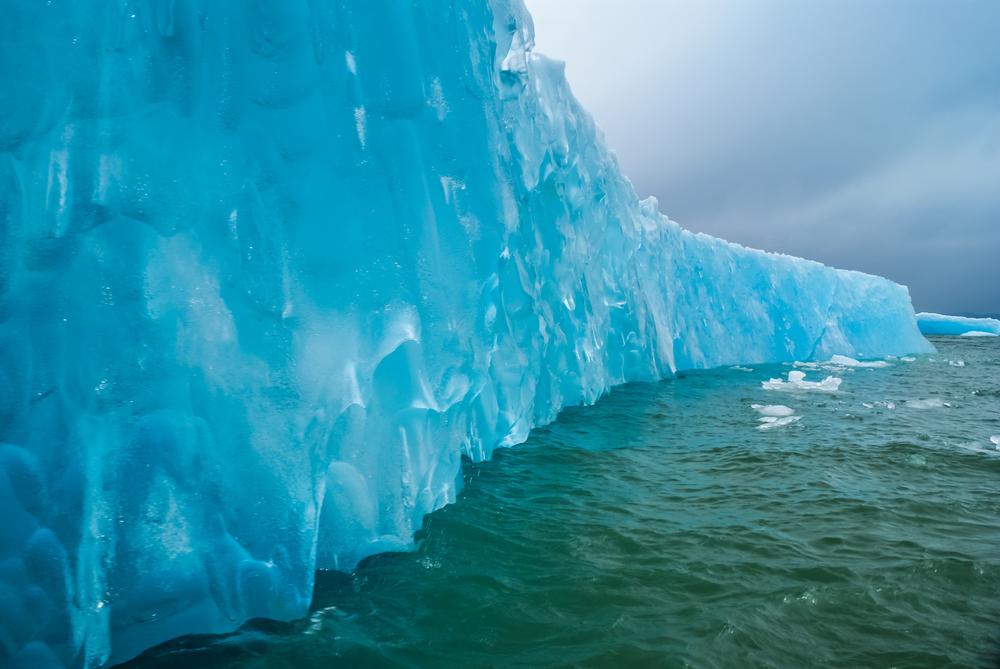
Laguna San Rafael National Park is the largest in Aysen at a whopping 3,832,400 acres. It includes all of the Northern Patagonian Ice Fields, where numerous lakes and rivers are created. It is also home to the highest peak in the Southern Andes, Mount San Valentin. The ice field stretches over San Valentin and the neighboring hills, creating 19 glaciers, the most remarkable of which is the San Rafael Glacier, hence the park’s name. One of the highlights to the park, and an extraordinary sight to behold, are the blocks of ice that break off the glaciers and fall into the lake with a deafening boom. Map
3.Robinson Crusoe Island
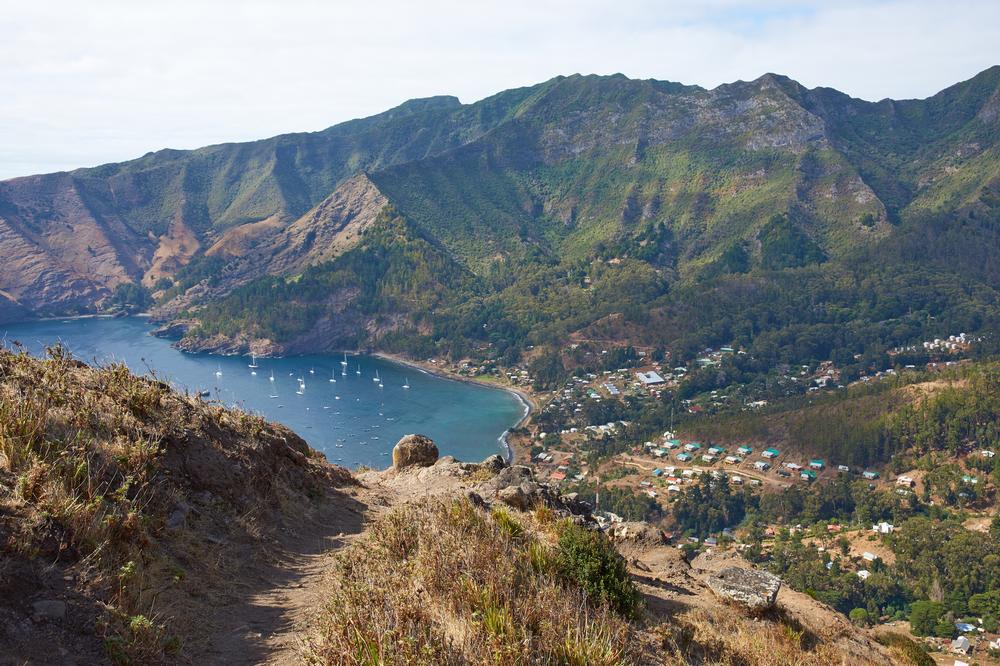
Robinson Crusoe Island is a magical place where coastal cliffs, soothing waters, and lush native vegetation create an oasis of beauty and activity. It is commonly known as the Desert Island, providing a lonely atmosphere cushioned by the Pacific Ocean, a naturalist’s dreamland. There are a number of outdoor activities that can be enjoyed here, such as swimming in crystal-clear waters or diving underwater to explore the marine life alongside South American fur seals, the indigenous species of the Biosphere Reserve. Sailing, kayaking, and fishing are all common here, as is trekking on paths through unspoiled areas like Puntas de Isla, Centinela Hill, and Puerto Francis. Map
4.Torres del Paine National Park

Torres del Paine National Park is situated at the southern point of the Chilean Andes. It is one of the most distinguishable sights in the Southern Hemisphere and well-known for its world-class trekking routes. It’s most favored hiking paths include the Paine Circuit and the W Trek. The park is made up of glaciers, forests, rivers, lakes, and fjords and is home to various native animals, including pumas, guanacos, foxes, and several species of birds. Popular attractions within the park include the Paine Towers, the French Valley, Los Cuernos, and the Grey Glacier. Map
5.Osorno
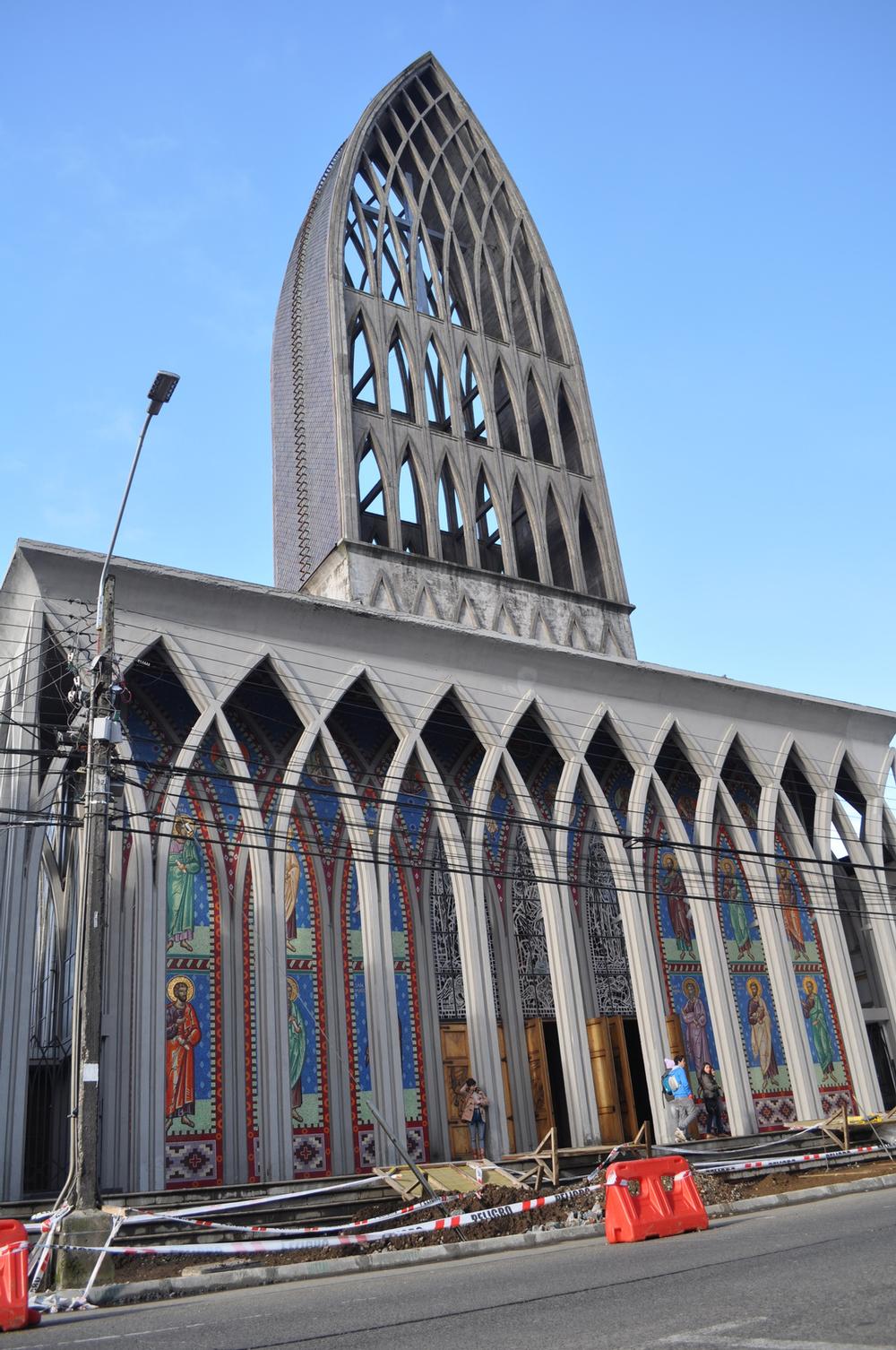
Osorno is the capital city of the Osorno Province, situated at the juncture of the Damas River and Rahue. Its natural beauty is created by the Rahue River, which cuts through its center running north to south with a smaller stream that breaks off to the east before heading south. The city’s highlight is the Volcan Osorno, an active yet slight volcano just outside the city that can be seen from anywhere within the town. The city is also architecturally beautiful, with sights such as Plaza de Armas and the Cathedral of Saint Matthew. The main attractions are the Osorno Rodeo Stadium and Plaza Sol de los Lagos, a recently opened casino. Map
6.Antofagasta
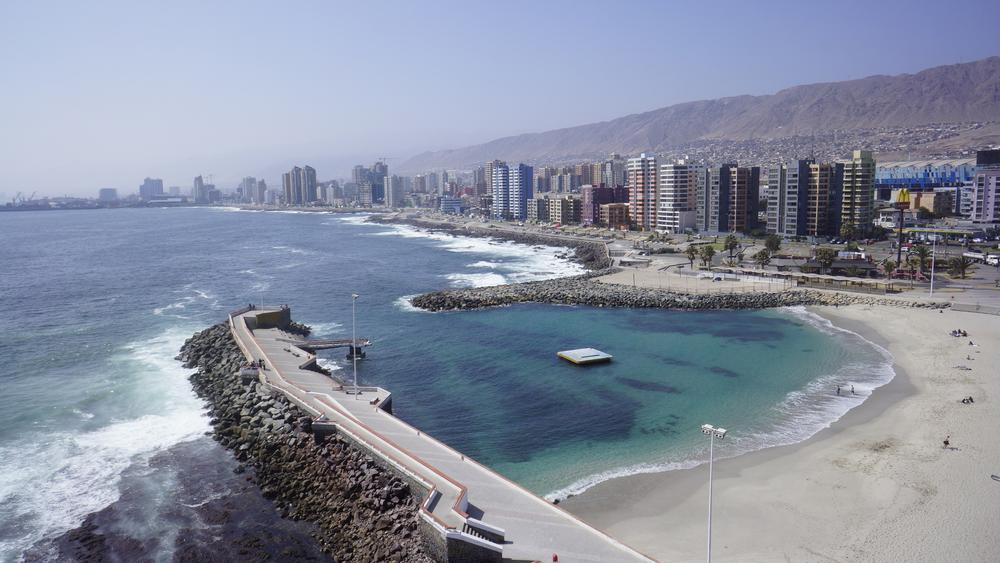
Antofagasta is not so much an in-demand Chilean travel destination as a convenient and restful place to relax for a day or two between other attractions. As a coastal city, it has the requisite white sand beaches nearby with areas of calm water for families with small children and areas of waves for surf and body boarders. Barrio Histórico is worth a look for the architecture. The main tourist attractions are not in the city itself, but in the surrounding region, including the 140-foot-high La Portada Natural Monument, Atacama Desert, Mano del Desierto (Hand of the Desert) sculpture, and Atacama Solar. Map
7.Arica
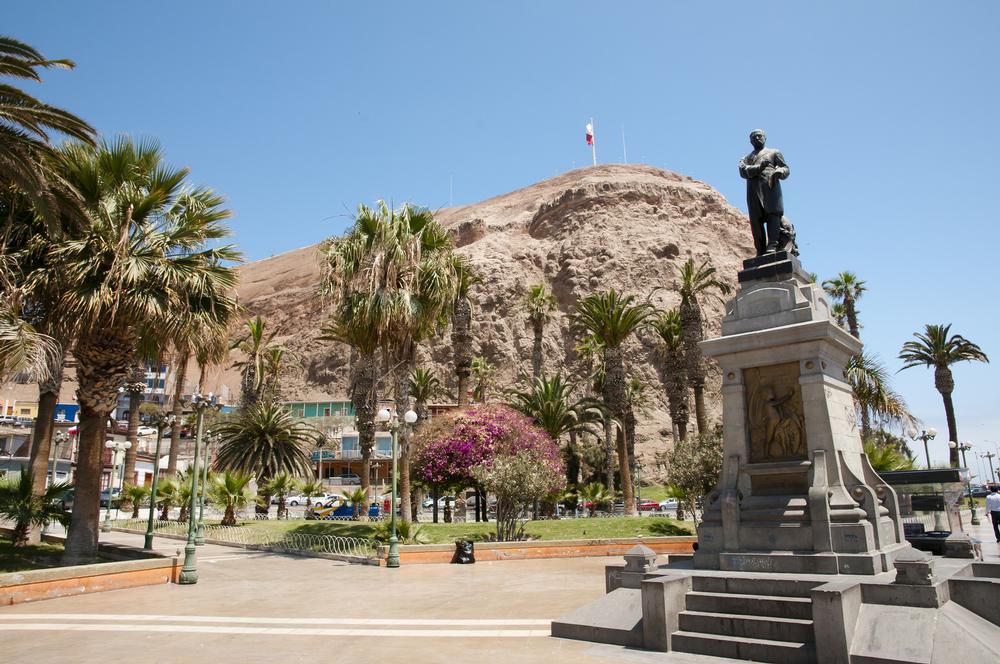
Arica is Chile’s northernmost beach town. Its perfect weather is ideal for watersports of all kinds, including swimming, wind surfing, surfing, scuba diving, sport fishing, and paragliding. Visitors who manage to pull themselves away from the beach will be rewarded with miles of hiking, mountain biking, trekking, wildlife and bird watching, and jeep racing. Visitors looking for a more cultural experience will appreciate the Chinchorro Mummy Museum, the Morro de Arica, the museum of history and culture, and the Archaeological Museum of San Miguel de Azapa. Lauca National Park features abundant wildlife, including vicuña, alpacas, and flamingos, the wetlands of the Cotacotani Lagoon, and views of snow-capped volcanoes. Map
8.Caldera
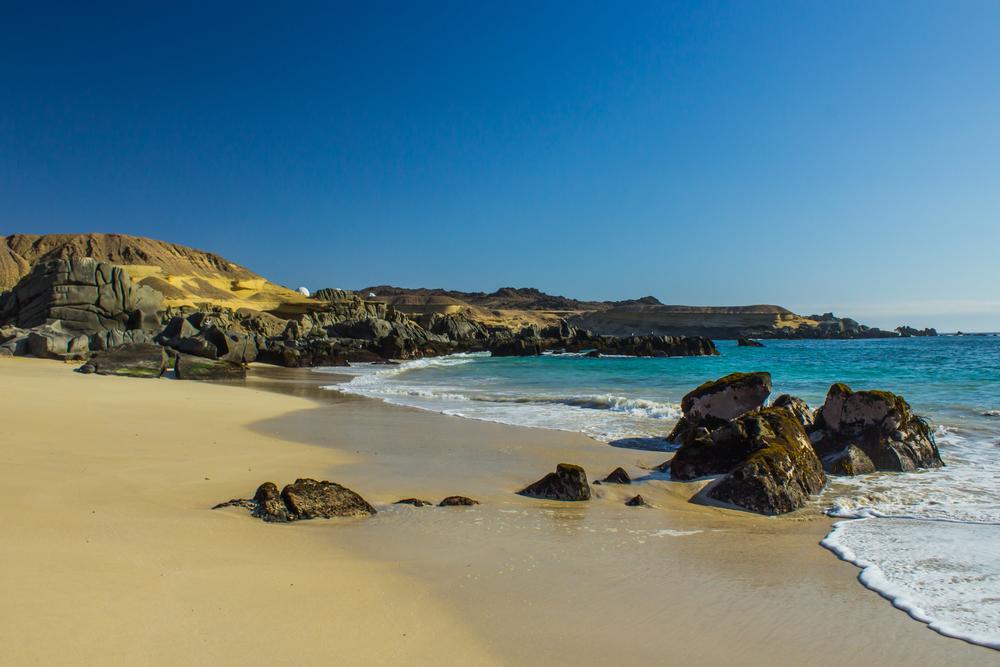
Caldera is at the refurbished 1850 train station that was the end of the line for South America’s first railroad and is now the Centro Cultural Estación Caldera housing Caldera’s Paleontological Museum and a tourism information center. The Casa Museo Tornini guided tour is a cultural must-do. Caldera is a commercial port whose primary activity supports the Chilean wine industry; portside benches are good places to sit and watch the active port. The beaches at this port city are long and the water is calm, making it a good choice for some family beach time with the little ones. It’s also great for kayaking. Map
9.Chillan
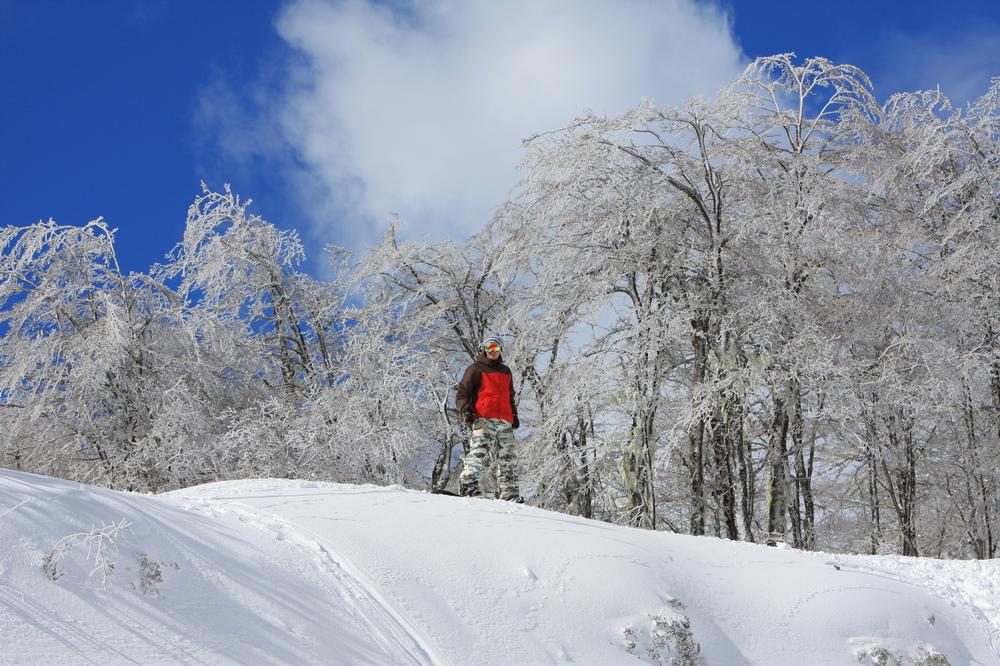
Earthquake-battered Chillan is in a near constant state of rebuilding. Consequently, it’s one of Chile’s most modern cities. Highlights include the modern St. Charles Borromeo Cathedral and its 36-meter-tall cross, Plaza de Armas, Arauco pedestrian promenade, the famous Market of Chillán, the handicraft market, and the Siqueiros murals. Chillán is a hub for exploring the beauty of Central Chile outside the city as well. The Chillán Hot Springs, Las Trancas Valley, and Pangue Cave are great for outdoor exploring. During winter, visitors make their ways to Las Tres Marías, Chile’s longest ski trails, and during summer, Shangri-La Ecopark provides the entertainment. Map
10.Chiloe Island
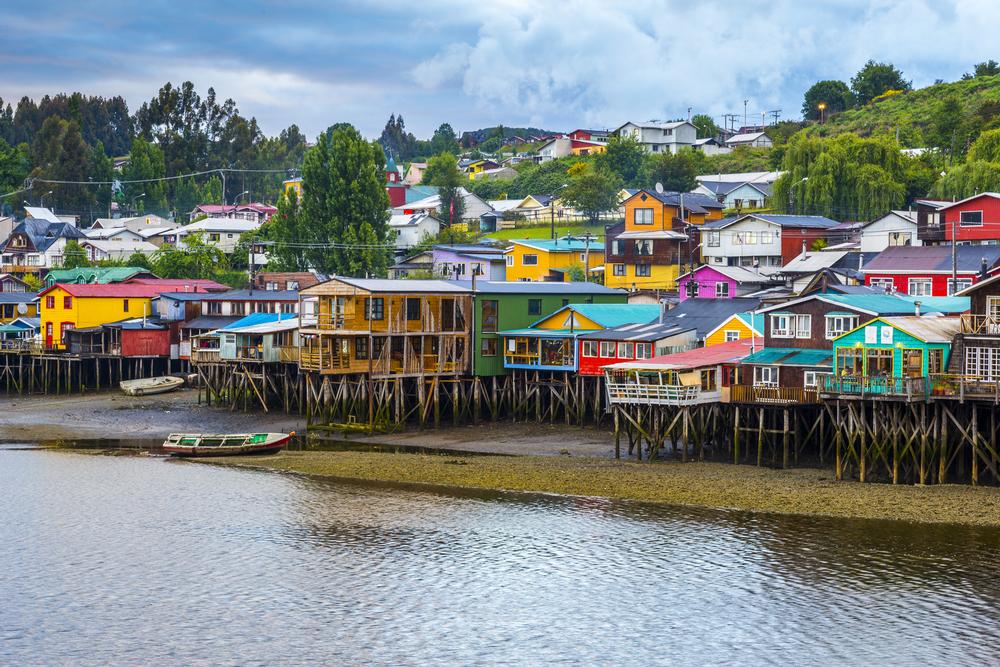
Chiloe Island is the biggest island of the Chiloé archipelago in southern Chile. It’s known for its 150 iconic 17th and 18th-century wooden churches – 16 of which are World Heritage Sites. Also unique to the island architecture are the palafitos, colorful houses on stilts that dot the water’s edge; they’re best seen in Castro. The independent islanders have a long seafaring history and a rich culture based on a mythology that embraces witchcraft and forest creatures; the best place to learn about it is the Ancud Regional Museum. At the island’s center lies Chiloé National Park, where visitors can explore the rivers, lakes, forests, and beaches, as well as experience the magic of traditional Huilliche communities. Map
Map:
Plan Your Trip
Table of Contents:
- 1. Santiago
- 2. Laguna San Rafael National Park
- 3. Robinson Crusoe Island
- 4. Torres del Paine National Park
- 5. Osorno
- 6. Antofagasta
- 7. Arica
- 8. Caldera
- 9. Chillan
- 10. Chiloe Island


